For journalists, being able to travel to many regions of the country, especially to red addresses - revolutionary historical sites, helps them gain more life experience and strong political will. In nearly 20 years of working as a journalist, I have had the opportunity to travel to many places and there are lands and historical sites that, although I have been to many times, each time I visit, I still feel an indescribable feeling of nostalgia, making me love my homeland and country even more.
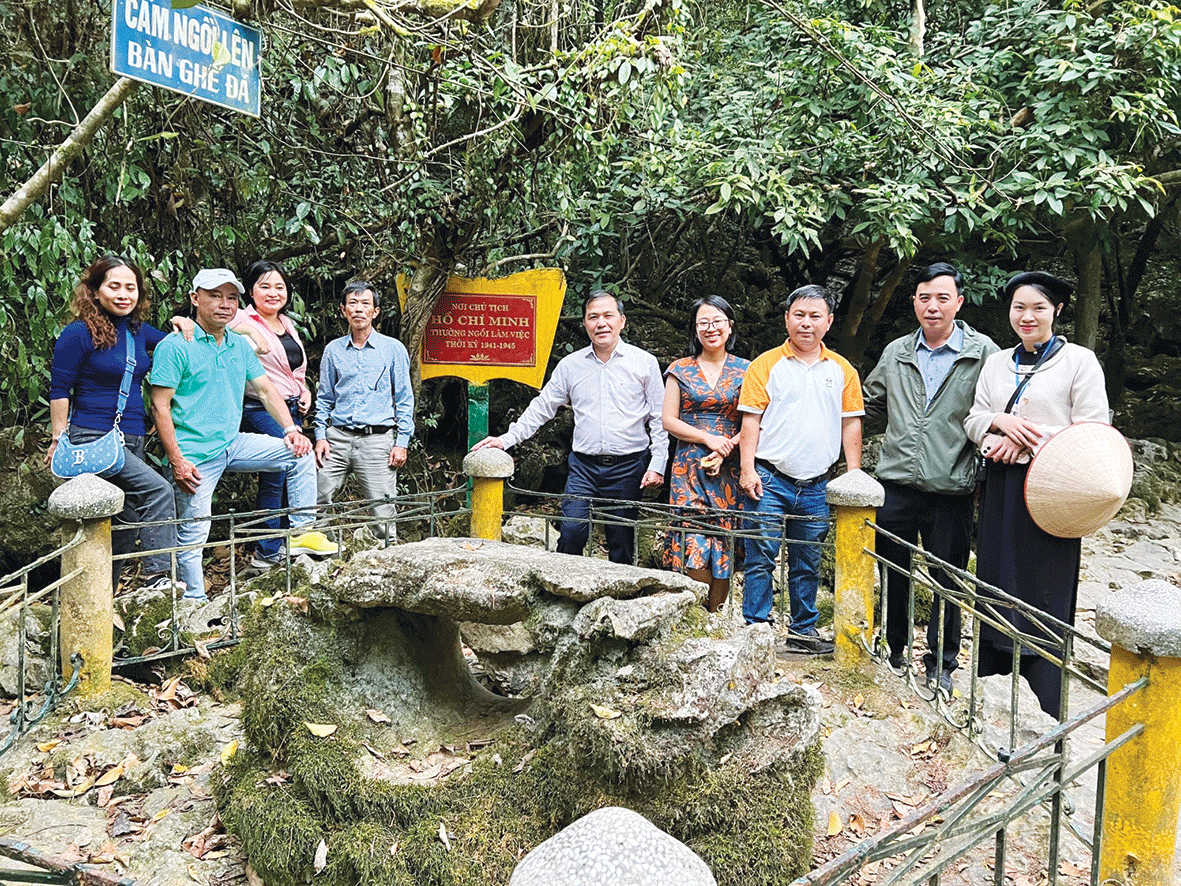 |
| Members of the Da Nang Newspaper delegation took souvenir photos next to Uncle Ho's desk next to Lenin stream. Photo: N.D |
Admiration for the place where Uncle Ho lived and worked
In mid-late March 2023, I and the delegation of Da Nang Newspaper visited, studied and shared experiences with some other newspapers in the Northeast. The road was long and difficult because of the rugged mountains, but everyone in the delegation was excited because they got to visit relics and lands that not everyone has the opportunity to set foot on. Arriving in Cao Bang , we visited the Pac Bo National Special Revolutionary Historical Site in Truong Ha Commune (Ha Quang District).
The road was long and the pass was steep and winding, everyone was tired, but when they touched the Lenin stream, clear as jade, and saw the fish swimming happily in the water, everyone's face lit up. Because the stream was so beautiful and poetic, much more than what was described in books. Next to the Lenin stream was the towering Karl Marx mountain.
After presenting the significance of Lenin Stream, tour guide Thu Ha led our group through the forest to see the mountain peak with milestone 108 on the Vietnam-China border, where Uncle Ho first set foot on the sacred land of the Fatherland, after a 30-year journey searching for a way to save the country. And how moved we were when we heard the story of when he reached milestone 108, he bent down to pick up a handful of soil and kiss it, like the image of a child returning to his motherland. That image was once depicted by poet Che Lan Vien in two famous verses: “Look, Uncle Ho’s shadow is kissing the soil/Listening in the pink, the embryonic shape of the country” (The Man in Search of the Shape of the Country).
On the journey along the forest along Lenin stream to Coc Bo cave, where Uncle Ho worked and rested every day, tour guide Thu Ha continuously introduced the rock where Uncle Ho used to sit and fish after stressful working hours or the places where Uncle Ho often bathed. And after about 15 minutes of walking through the forest, our whole group reached our destination. Coc Bo cave is located halfway up the mountain, the cave mouth is only wide enough for one person to enter.
When entering the cave, an image that made me and everyone else feel overwhelmed with emotion was Uncle Ho's bed made of two wooden planks joined together, next to it was a fire used for cooking and warming up on cold days in the harsh weather of the highlands. My heart was filled with boundless love, and at that moment I kept thinking, only a great man, a man with boundless love for his homeland, could live and work in such a deprived and difficult environment.
On the way back, we visited the stone table placed on the bank of Lenin stream, where Uncle Ho sat and worked every day. Although it was just a small stone, this table was where Uncle Ho conveyed countless correct policies and decisions in the early stages of his revolutionary activities in the sacred mountains and forests of Pac Bo, and from there led the Vietnamese revolutionary movement to complete victory later. Tour guide Thu Ha emotionally recounted that although the time he lived and worked in Pac Bo was not much compared to his life of revolutionary activities, the local people loved him very much, always considering him as a blood relative in the family. The day they heard the news of Uncle Ho's death, without anyone telling them, the people here bowed their heads in mourning, crying as if they had lost their parents.
Arriving at Meo Vac town, Meo Vac district (Ha Giang) at dusk, we were exhausted. However, we were determined to go up to Lung Cu flagpole, nearly 50km away, the northernmost area of the country. Arriving at Lung Cu flagpole, we walked up 839 towering stone steps. Many people wanted to turn back, but with the determination to touch the national flag at the sacred sovereignty of the country, everyone encouraged each other to reach the place. And there was nothing happier than when we put on shirts printed with the red flag with a yellow star, holding the national flag to take pictures together at the sacred position, as if firmly affirming the sacred sovereignty of the country.
Visiting the historical site of the Meo King's Palace in Dong Van district, it was very touching to hear the tour guide working at this site recount the story of Uncle Ho convincing and encouraging Mr. Vuong Chi Sinh - the owner of the villa and also the leader of the Mong ethnic group in Ha Giang to join the revolution. In early September 1945, from Ha Giang, Mr. Vuong Chi Sinh tried every way to return to Hanoi to meet Uncle Ho in the context that Ha Giang province had not yet been liberated.
The meeting took place in a special friendly atmosphere, President Ho Chi Minh and Mr. Vuong Chi Sinh became sworn brothers. And after this meeting, the leader of the Mong people followed the call of the Party and Uncle Ho, and together with the Mong people, shared the same fate and hardships to keep the Meo Vac - Dong Van border area peaceful; together with the army and people of the whole country, contributed human and material resources during the nine years of resistance against the French colonialists. Mr. Vuong Chi Sinh was assigned to many positions such as Chairman of Dong Van district (including the three districts of Meo Vac, Dong Van, Yen Minh today), National Assembly delegate of the first and second terms).
Sacred Vi Xuyen National Martyrs Cemetery
In addition to the above relics and special lands, when coming to Ha Giang, everyone knows about Vi Xuyen National Martyrs' Cemetery (Vi Xuyen district), the resting place of more than 1,800 martyrs and the mass graves of martyrs who sacrificed their lives in the battle to protect the northern border of the Fatherland in 1979. Although I have been here many times, each time I am filled with indescribable sadness and emotion. Because this land was once a fierce battlefield, many generations of fathers and brothers sacrificed their blood and bones to protect every inch of the sacred land of the Fatherland. At the Vi Xuyen front alone, more than 4,000 officers and soldiers heroically sacrificed their lives, more than 9,000 people were injured and there are still thousands of remains of officers and soldiers scattered in crevices and deep valleys that have not been found.
The war ended, the remains of martyrs were brought here for burial. Besides those martyrs whose hometowns and names were identified, there are still many martyrs whose identities and hometowns have not been identified, even though they have been buried in a peaceful grave. This is to show the fierceness of war, the enormous price of the sacrifices to protect national independence that our ancestors paid. This is like a reminder to today's generations, especially the young generation, to live a life worthy of what our ancestors sacrificed for the country.
In the thin smoke of incense sticks, besides my infinite gratitude, every time I come to Vi Xuyen National Martyrs Cemetery, I only secretly hope that one day soon, the graves of martyrs whose identities have not been determined will soon be identified by the authorities by some method so that their names and hometowns can be identified so that they can return to their loved ones.
Although my time as a journalist is not long, for me, being able to travel to many regions of the country, having the opportunity to visit red addresses, revolutionary historical sites, “seeing with my own eyes, hearing with my own ears” events… is like a valuable vivid lesson from real life, helping me accumulate more experience and life lessons. At the same time, this is also a reminder for me to appreciate and cherish what previous generations have built for my homeland and country.
NGOC DOAN
Source link


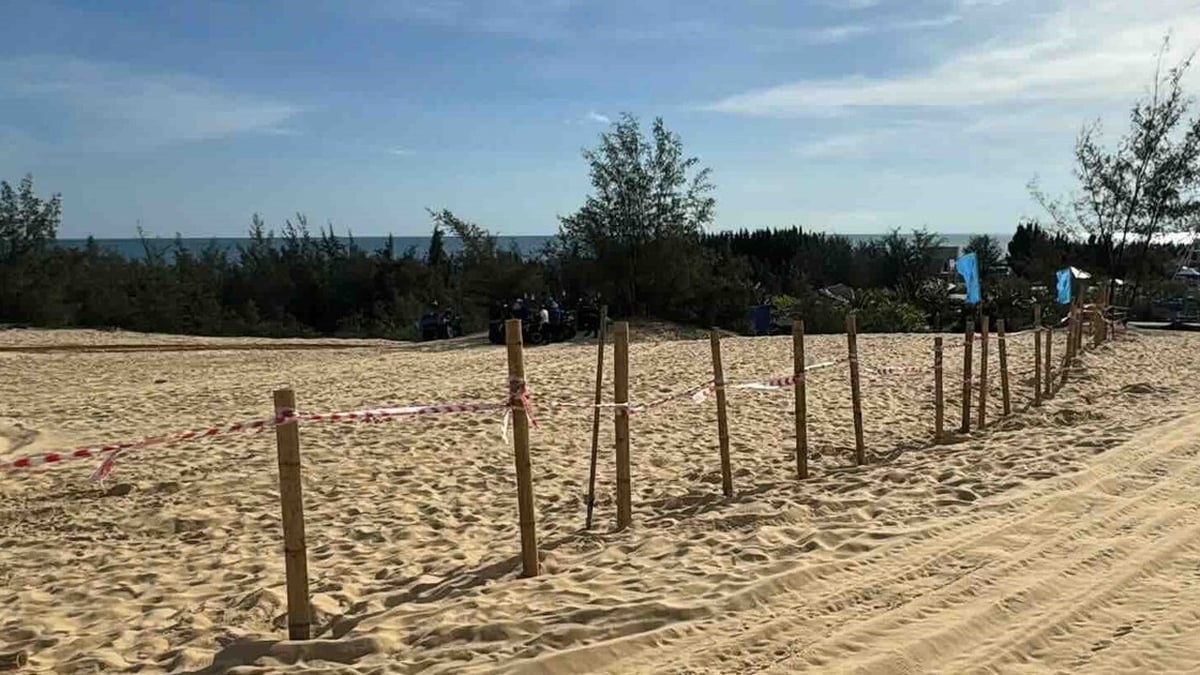
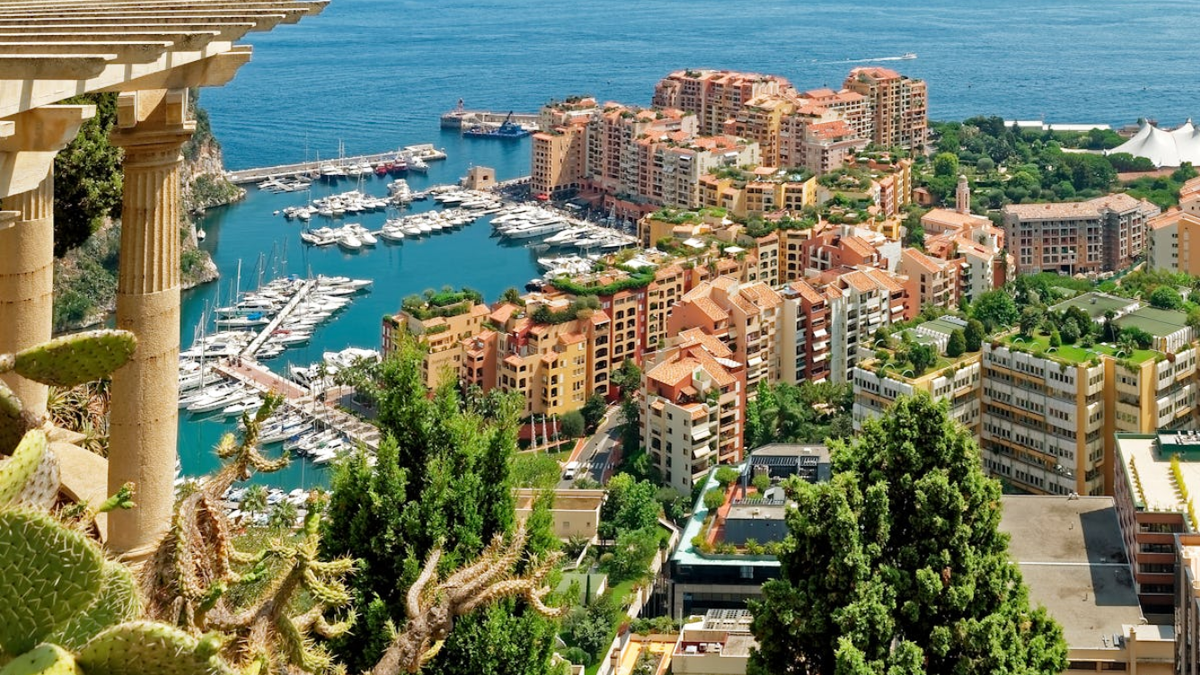
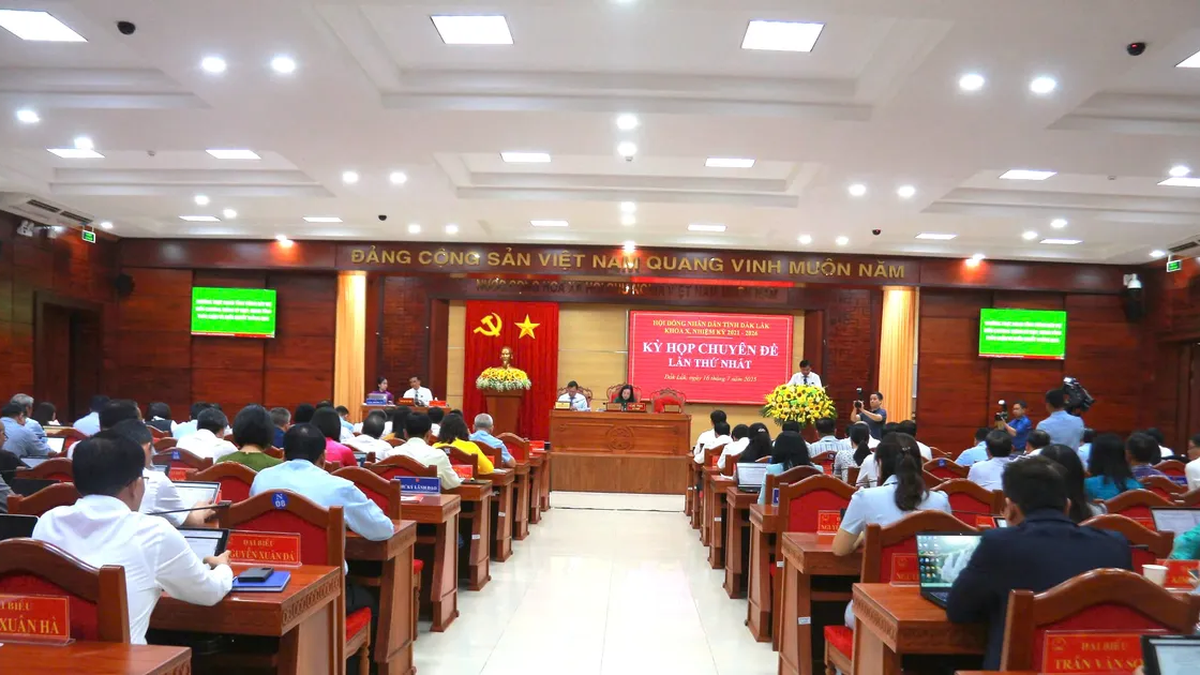
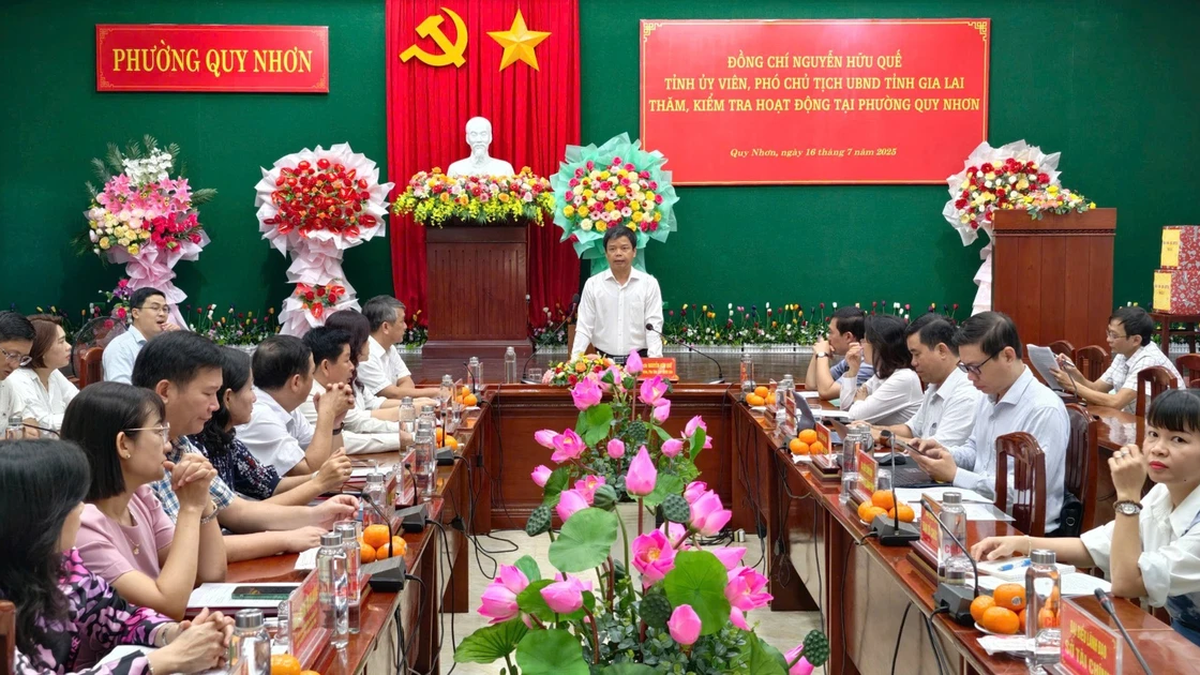
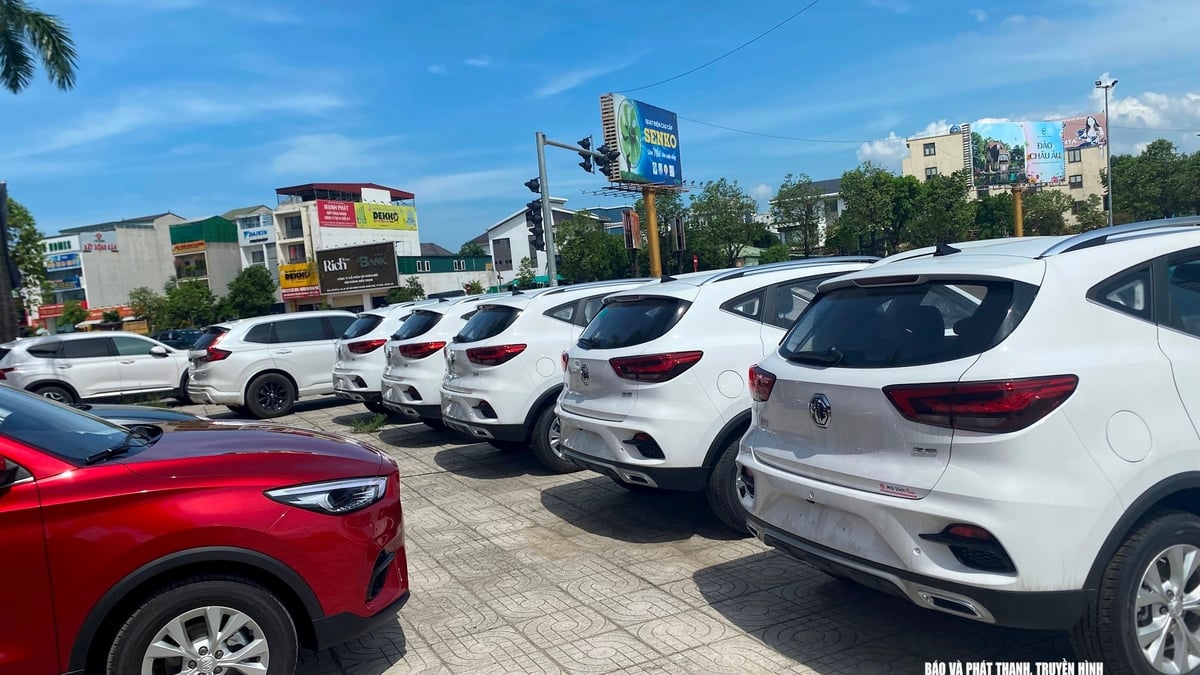
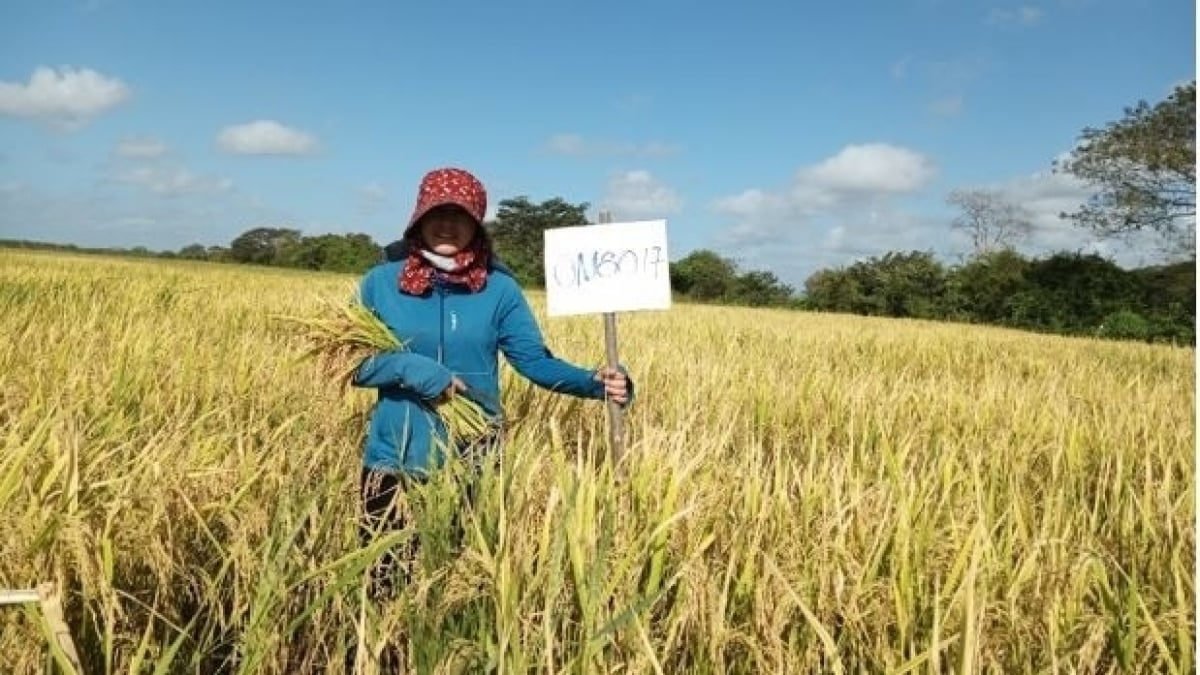
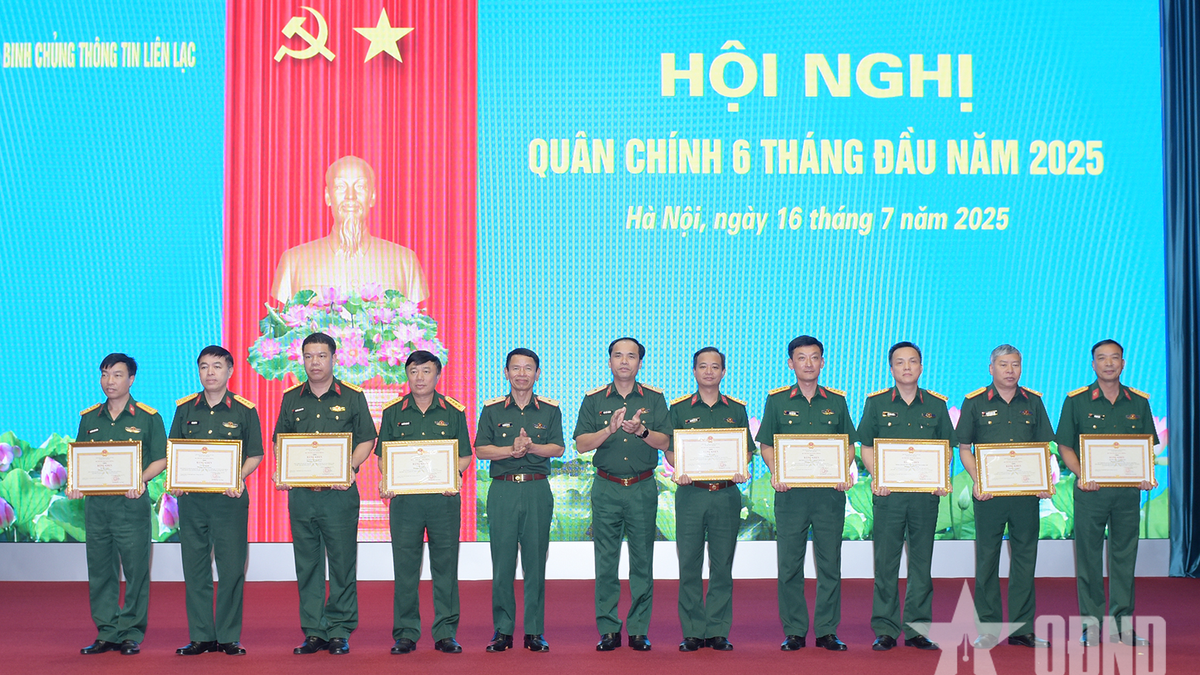
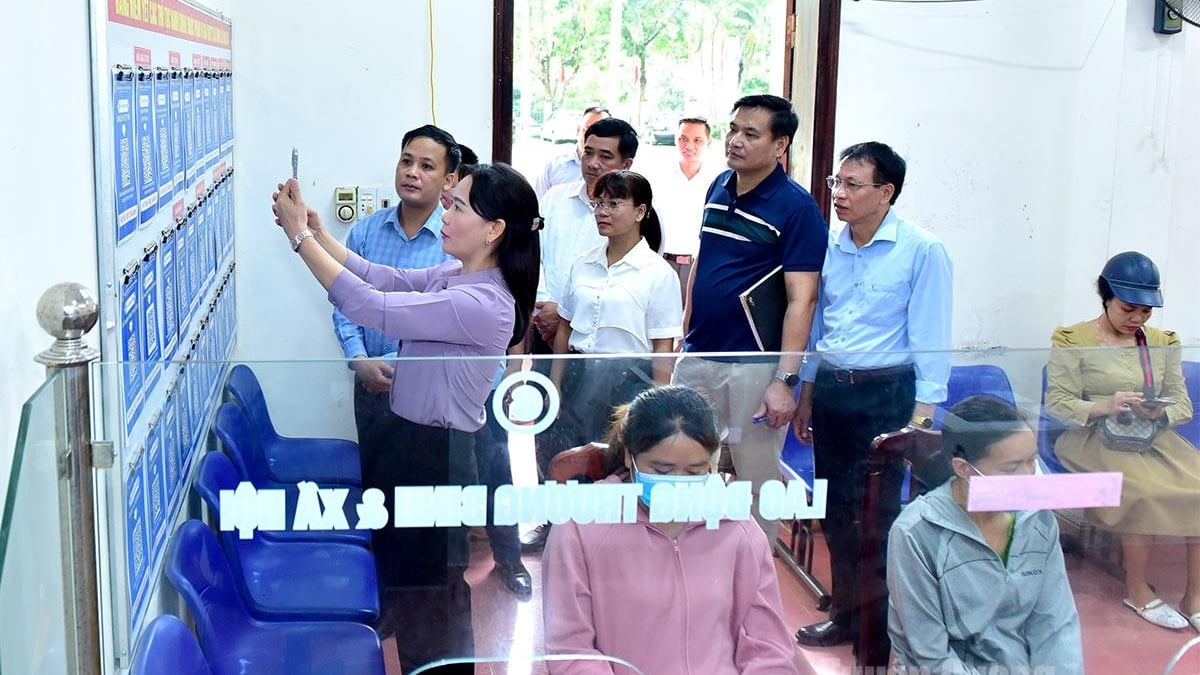
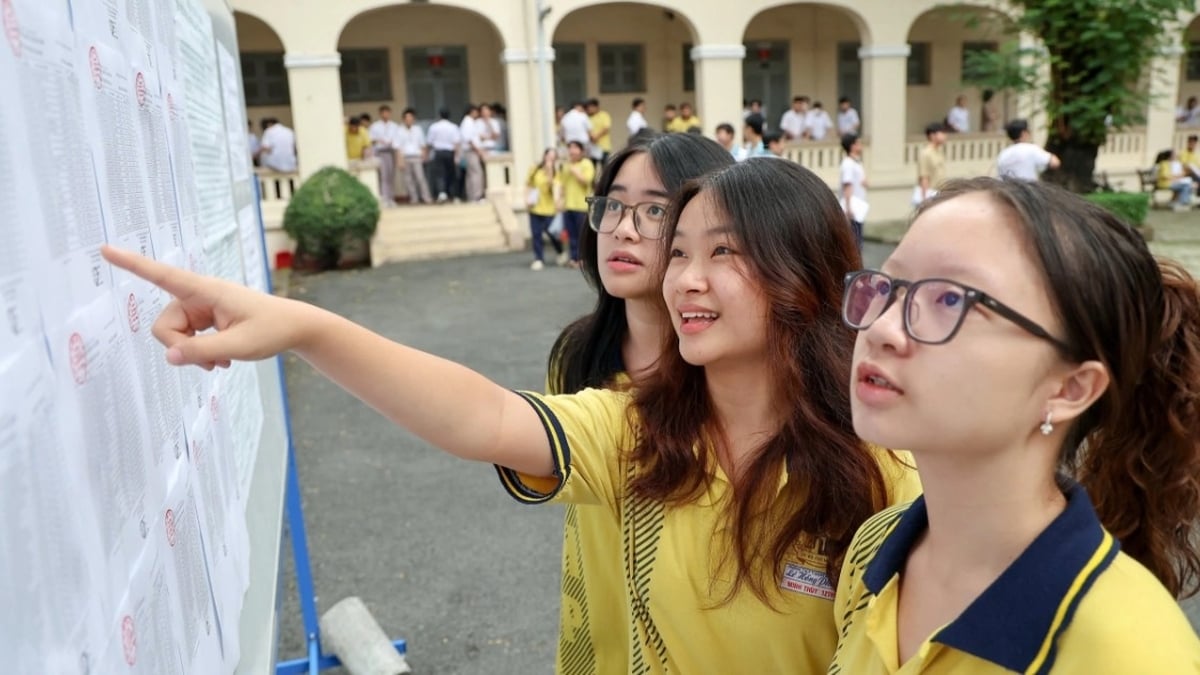
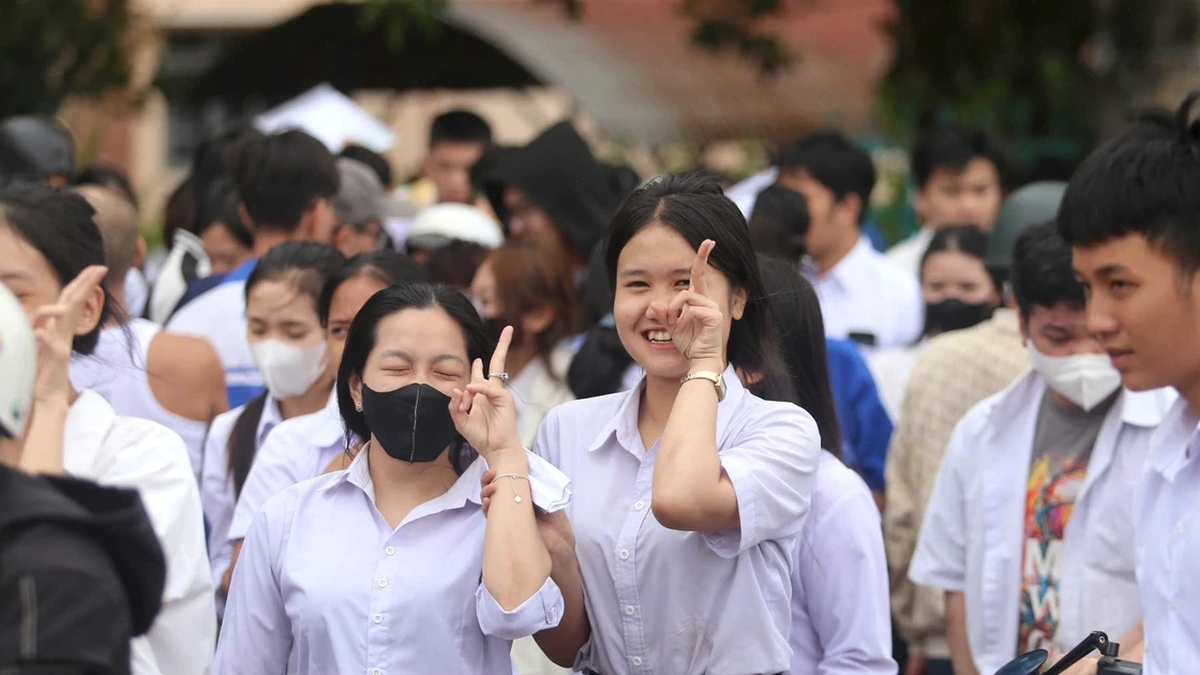


























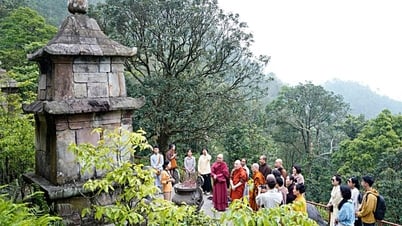





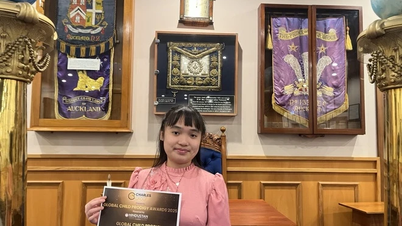
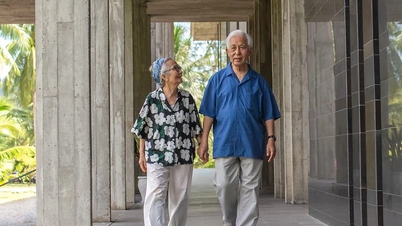

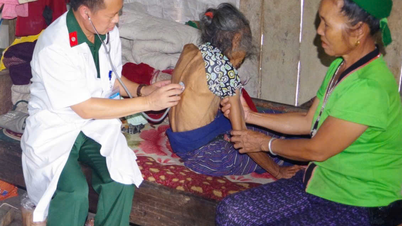









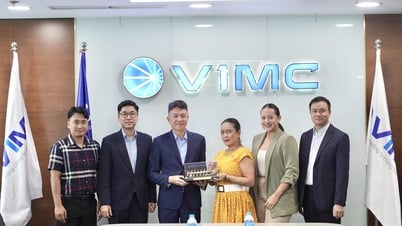




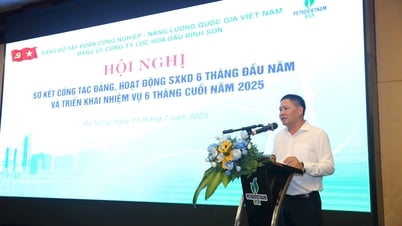

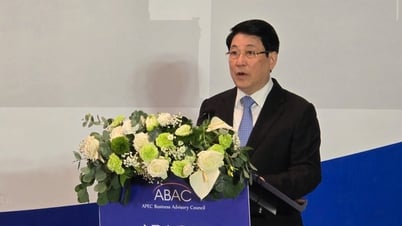



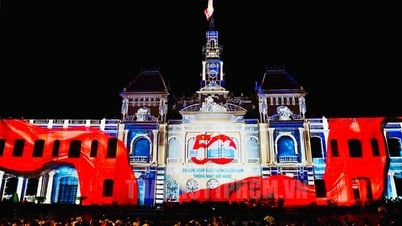
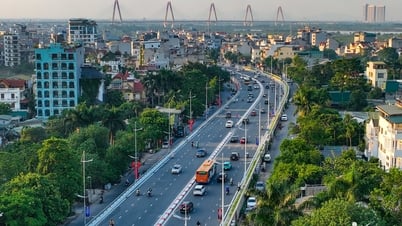
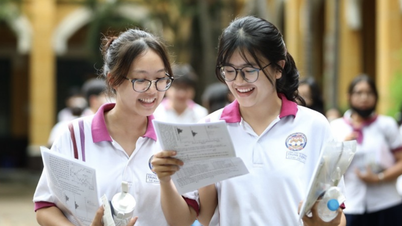
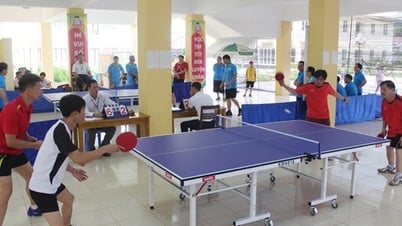

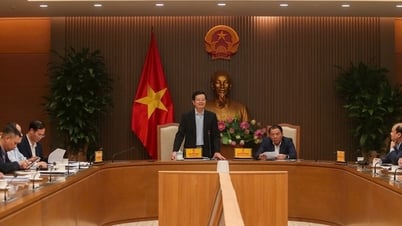

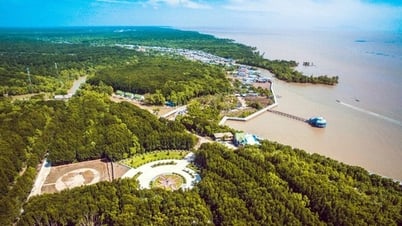
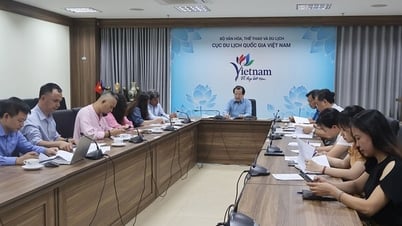

























Comment (0)